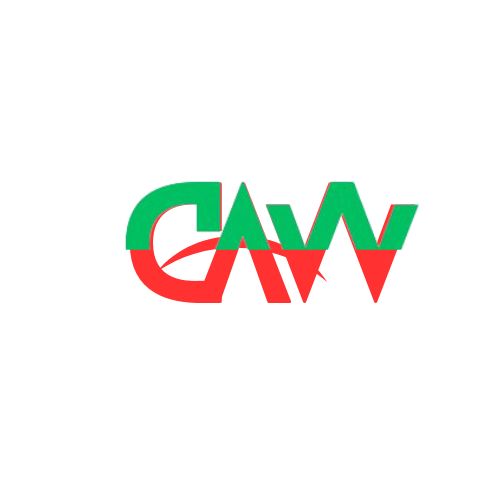Introduction
In today’s hyper-connected, instantaneous business landscape, data is the driving factor which powers applications, processes and systems.Data is at the heart of every consumer-serving, modern and internet-based enterprise and organization.
Regardless of the industry, modern day businesses rely on data to make decisions, generate insights and serve their consumers. SnowflakeWith the power of data, businesses across industries can easily generate actionable insights and make smarter decisions.
Data analytics and insights enable businesses to stay competitive, agile and deliver personalized experiences at scale without hiccups or pauses.Historically, data-driven enterprises and organizations have been relying on on-premise database management solutions tools like Oracle and SQL server to store, update, retrieve and analyze business and consumer data.
However, the present day business, consumer and competitive landscape has quickly shifted to cloud-based solutions which offer more flexibility, scalability and ease of use.
With massive amounts of data being generated in a hyper-connected digital landscape, managing data and deriving real-time insights becomes a crucial aspect for businesses. This is where the need for modern, cloud-based and flexible database management solutions emerges.
As the utility, value and quantum of data grows continuously, choosing the right data management system is no longer an afterthought for modern enterprises – it is a strategic decision which can significantly impact their business.
Industry research estimates the global data migration industry at about $12 billion and is poised to grow at an annual growth rate of 7 percent in the coming years.
To address these needs, legacy businesses and enterprises are embracing modern-day database management and warehousing solutions like Snowflake. Snowflake is a cloud data warehouse which seamlessly brings together data from multiple sources such as data warehouses, data lakes and marts in one place.
In this article, we are going to give you a deep dive into why migrating your data from Oracle to Snowflake can be a great move for your business.
Plus, we will also walk you through the steps on how to plan the migration process to avoid common pitfalls.
The benefits of data migration
Choosing between an on-premise platform versus a cloud-based solution is easier when you understand the advantages and disadvantages of both.
If you are on the fence of deciding whether or not to migrate your on-premise data to a cloud-based database management solution, here are some factors to keep in mind.
- Cloud based data warehouses are more flexible and readily available due to their advantage of being available anytime, anywhere. Compared to location dependent infrastructure, cloud-native platforms give you more freedom.
- Cloud based solutions are highly secure and robust as compared to physical, on-premise alternatives. In some cases, cloud-native alternatives offer advanced security features without additional hardware add-ons.
- Cloud based technology is easier to budget as they typically charge on a pay-as-you-use pricing model. This can help you save significant costs and reduce unnecessary infrastructure maintenance and service overheads.
Advantages of migrating to Snowflake
Compared to legacy, on-premise solutions like Oracle, Snowflake is built from the ground up as a cloud native platform. Here are some of the key advantages of using Snowflake:
-
High performance efficiency:
Snowflake is renowned for its high performing, infinitely scalable cloud architecture which allows for better optimization of resources and queries.
In fact, Snowflake can reduce query compilation time by up to 20% as compared to legacy data platforms.
The advantage with cloud-native tools is that they continue to improve their efficiency and offerings with frequent feature updates.
-
Better cost efficiency
Most legacy database platforms like Oracle can be prohibitively expensive and inefficient when it comes to costs.
On top of licensing costs, businesses have to incur additional maintenance and support costs.
By using Snowflake, you only pay for the storage and computation you use and avoid any unwanted expenses.
-
Advanced analytics capabilities:
In today’s data-driven business landscape, using Snowflake can significantly boost analytical workloads and help you generate real-time, actionable business insights.
Legacy data infrastructures are often plagued with problems of data silos, unoptimized data storage and inefficient data pipelines.
On the other hand, Snowflake offers an uninterrupted data pipeline with built-in features such as parallel processing and columnar data to generate analytics faster.
How to plan Snowflake data migration
The Oracle database is a legacy platform and Snowflake is a modern day technology, thus migrating from one to another requires deep technical knowledge and careful planning. The Oracle database is a legacy platform and Snowflake is a modern day technology, thus migrating from one to another requires deep technical knowledge and careful planning.
You do not want to risk business continuity or lose critical data during or after the migration. Maintaining data security and regulatory compliance is another concern for businesses.
However, with Bryteflow, you can streamline the Oracle to Snowflake database migration process greatly and avoid the common pitfalls and minimize disruptions.
Bryteflow’s no-code, fully automated platform enables businesses and enterprises to easily migrate data to Snowflake in real-time without investing in complex infrastructure and resource intensive tools.
No matter how large or complex your data is, BryteflowBryteflow can automate it using real-time log based server replication to help you save time, resources.
Click here to get your demo today and experience the power and capabilities of Bryteflow for real-time data server migration.
Read more: Artistic 3D Printed Ceramics for Every Home Style









